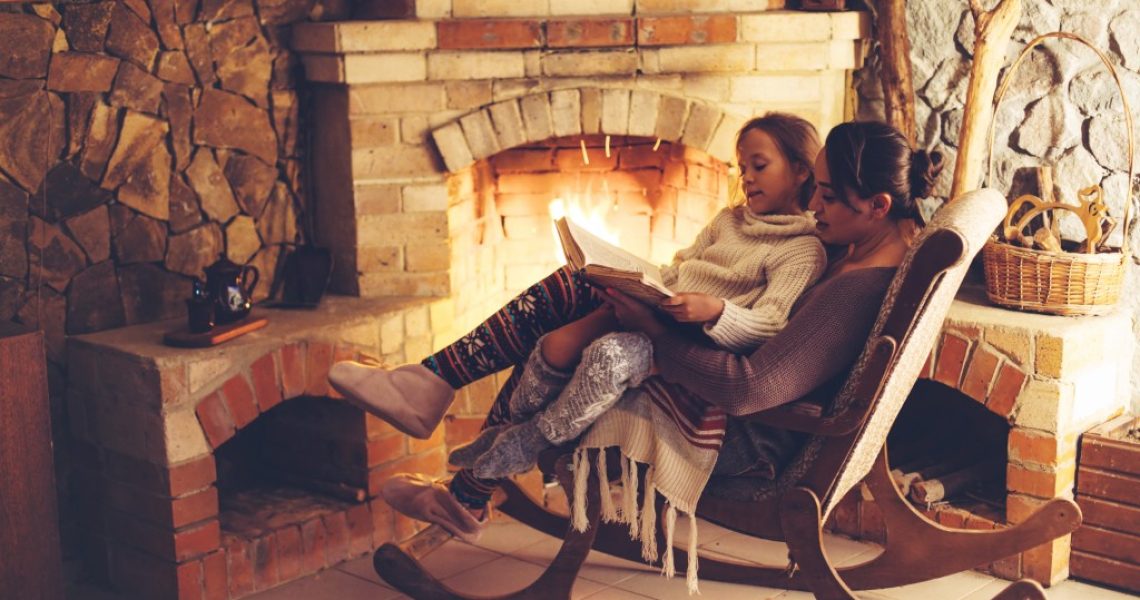Barns, farmhouses, and log cabins are what we usually think of first when we hear of a rustic home. That brings us to the question of whether we need to live in one of those places for our homes to considered rustic. The good news is, you can live anywhere, be it a busy city or a coastal village, and call your dwelling rustic.
Rustic is a broad term that’s basically defined as a style that’s weathered, natural, and casual. For that reason, there are certain “rules” in designing a rustic home, but it definitely doesn’t include having a log cabin, barn, farmhouse, or any other classic rustic houses.
Here’s what the statement rustic pieces are and how to design a fresh and contemporary rustic abode:
Rustic Must-Haves
1. Barnwood Flooring
Since rustic makes use of organic elements and embraces their natural aging process, barnwood floors are definitely a must-have. Some would wait for their hardwood floors to become weathered in time, but that may take years to decades, so consider opting for treated hardwood floors to skip the waiting. Beautiful rustic Barnwood flooring maintenance is pretty easy; they don’t need to be refinished, stains are easily removed, minor flaws are easy to repair, and you can get a cleaning kit from your provider.
2. Organic Elements
Wooden ceiling beams, accent chairs, side tables, and logs are pieces you can’t miss out on when designing a rustic home. But don’t overload on wooden elements. Organic also includes natural stone, burlap, canvas, and other raw materials. To make it more contemporary, you can incorporate clean-lined furniture and architectural elements, all while highlighting the organic glamour of the overall design.
3. Focal Fireplace
A focal fireplace in your living room is another absolute must-have. A natural stone surround is typical for a rustic home, accentuated with piles of firewood either for aesthetics or functionality.
4. Iron Bed
An iron bed exudes an industrial appeal, a trendy element adopted in many contemporary homes. Its vintage appeal is also what makes it perfectly suitable for rustic bedrooms.
5. Open Cabinets
Treasures are openly displayed in a rustic space, so have built-in open shelving in your living room and kitchen to show off your decorative and practical items.
Contemporary Rustic Design Tips

Start with a bright neutral color palette. Earthen tones like greens, browns, and grays are typical choices, as they’re warm and thus inviting. Let natural light in to brighten the space even more.
Forget about sleekness and minimalism. Rustic embraces roughness and an undone look, exhibited by bulky furniture and reclaimed wood. The kitchen is especially rough-looking as well, as it should have woven and handcrafted accents, lanterns for pendant lights, and vintage-style appliances. But since you’re fusing contemporary in it, you don’t have to always keep your kitchen looking cluttered. You may also skip the reclaimed wood or rolling island, and just go for a smoother natural stone countertop with greens, fresh flowers, and a nice set of china for decor.
Consider installing shiplap in some areas, like the bathroom. Couple that with vintage fixtures like a clawfoot tub, and you’d definitely have an element of surprise there.
If you have a home office, go for an open, wooden desk with woven chairs, and fill the space with greens and other natural decors. It would feel like working in a barn, which is a far more refreshing scenery than a typical bland and intimidating office.
Designing a rustic space is actually fun and exciting since despite the rules, your creative freedom isn’t hindered, as long as the things you add won’t disrupt the organic appeal of the space. That’s why rustic never goes out of style. It’s totally versatile and adaptable to changing trends.

